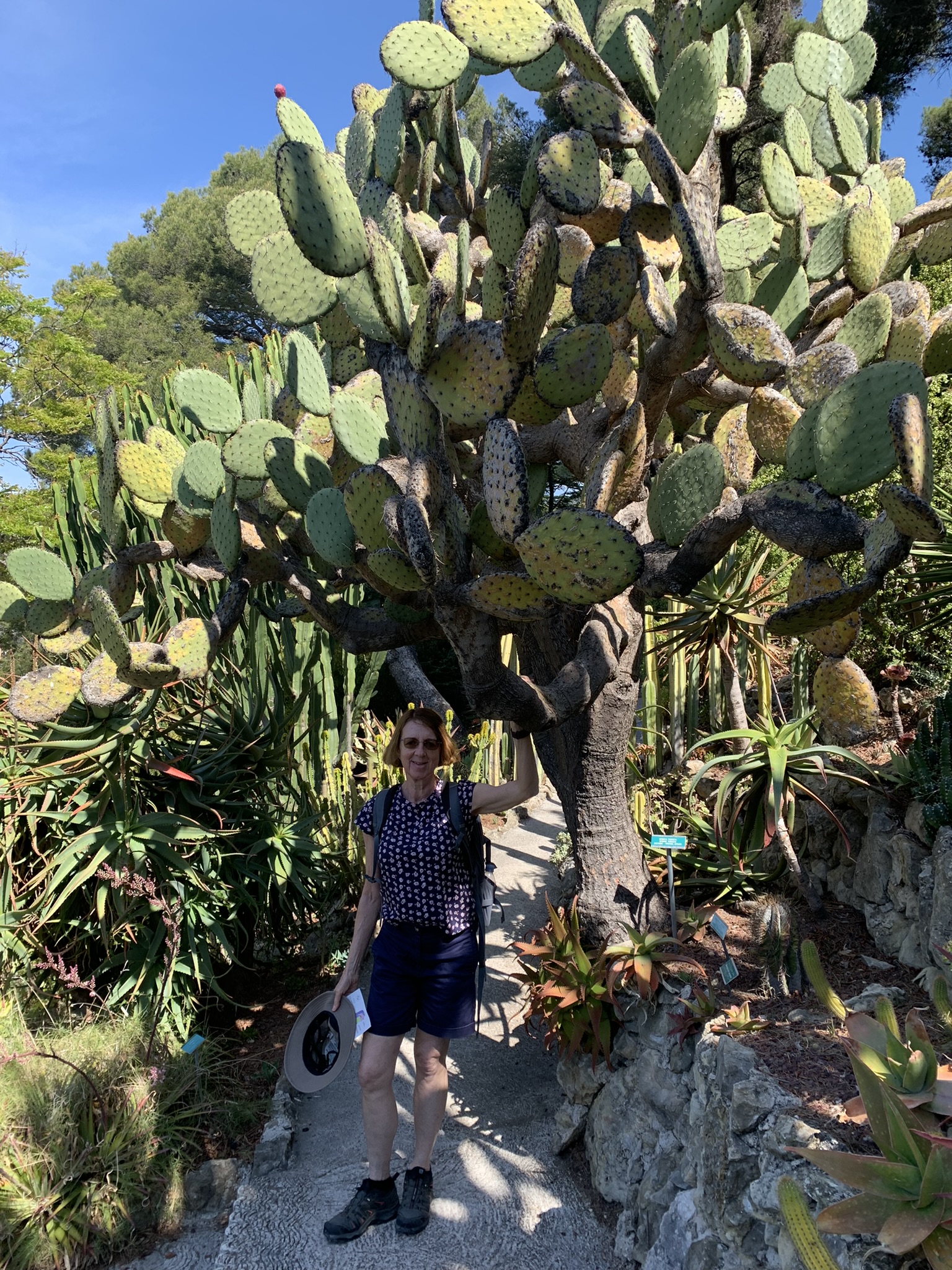What inspires a lifelong atheist to turn to religion in his 77th year?
It could very well be a fear of impending death, but in Matisse’s case it was entirely due to a pretty young woman.
In 1941, when Matisse was based in Nice, he had an operation and advertised locally for a ‘young and pretty night nurse’ to help with his recuperation. Monique Bourgeois, aged 21, nursed Matisse, became a friend and modelled for several of his subsequent paintings. When she decided to become a nun four years later, Matisse was horrified and tried to dissuade her. But after she’d taken her vows and was sent to the convent in Vence, he learned that the nuns were using a dilapidated old garage as a chapel, and offered to design a chapel for them.
The Mother Superior was less than thrilled with the offer; an atheist famous for painting nudes was understandably not at the top of her wish list as a chapel designer. However, she was overruled by the head of the Dominican Order and Matisse began work on what he later referred to as his ‘masterpiece’.



The interior is very simple, with beautiful stained glass and simple drawings on white tiles (no photos allowed, but here’s a link to an article with photos https://www.musee-matisse-nice.org/en/the-artist/matisse-and-the-rosary-chapel/). And Matisse designed everything himself, including the altar, the windows and the priests’ vestments.
Who knew that the shape which features in Matisse’s famous cut outs was based on a cactus?



Not me. Despite going to the Matisse Cut Outs exhibition at the Tate a few years ago, that bit of information passed me by.
Anyway, there are plenty of these dramatic cacti growing near Vence, which is a small town about 25 km from Nice, and Matisse used them as inspiration for the chasubles and stoles he designed for the priests at the Chapelle du Rosaire.



They’re very funky for priestly robes, and I wondered how the priests felt about wearing them. Probably the same way that Anglican vicars would feel if they were told that their new cassocks were being designed by Banksy.
I thought that all the different colours were just because Matisse is an artist, but it turns out that each colour is worn at a different point in the liturgical calendar



And very complicated it is, too:
- Black is only worn on Good Friday and 2 November.
- Red is worn for the feast of the Holy Spirit and for feasts of apostles and martyrs.
- Whereas white is worn for Christmas, Easter and for the feasts of non-martyred saints – so a thorough knowledge of how every saint perished is essential.
- Pink is worn for mid-advent and mid-lent only.
- Purple is worn for advent and lent (except for the middle Sunday of each when you switch to pink).
- And green is worn for the rest of the year.
This whole colour scheme must be a total nightmare for any colour blind priests. I hope they have the nous to write ‘green’, ‘red’ ‘pink’ etc somewhere inconspicuous on the reverse side of each chasuble, to avoid confusing their congregation and embarassing themselves, by turning up in the wrong colour.
My visit to this beautiful chapel showed me that the cactus has contributed much more to world culture than just being an atmospheric backdrop for actors in Westerns.
